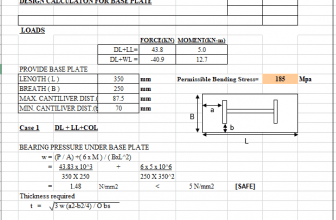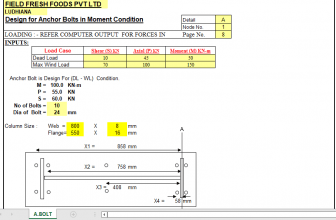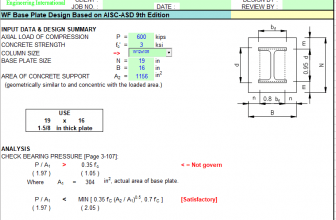
A septic tank is an underground chamber made of concrete, fiberglass, or plastic through which domestic wastewater (sewage) flows for basic treatment.[2] Settling and anaerobic processes reduce solids and organics, but the treatment efficiency is only moderate (referred to as “primary treatment”).[2] Septic tank systems are a type of simple onsite sewage facility (OSSF).
They can be used in areas that are not connected to a sewerage system, such as rural areas. The treated liquid effluent is commonly disposed in a septic drain field, which provides further treatment. Nonetheless, groundwater pollution may occur and can be a problem.
The term “septic” refers to the anaerobic bacterial environment that develops in the tank that decomposes or mineralizes the waste discharged into the tank. Septic tanks can be coupled with other onsite wastewater treatment units such as biofilters or aerobic systems involving artificially forced aeration.[3]
The rate of accumulation of sludge—also called septage or fecal sludge—is faster than the rate of decomposition.[2] Therefore, the accumulated fecal sludge must be periodically removed, which is commonly done with a vacuum truck.





what is the full title of the book you reference in your excel sheet
Very helpful your calculation.